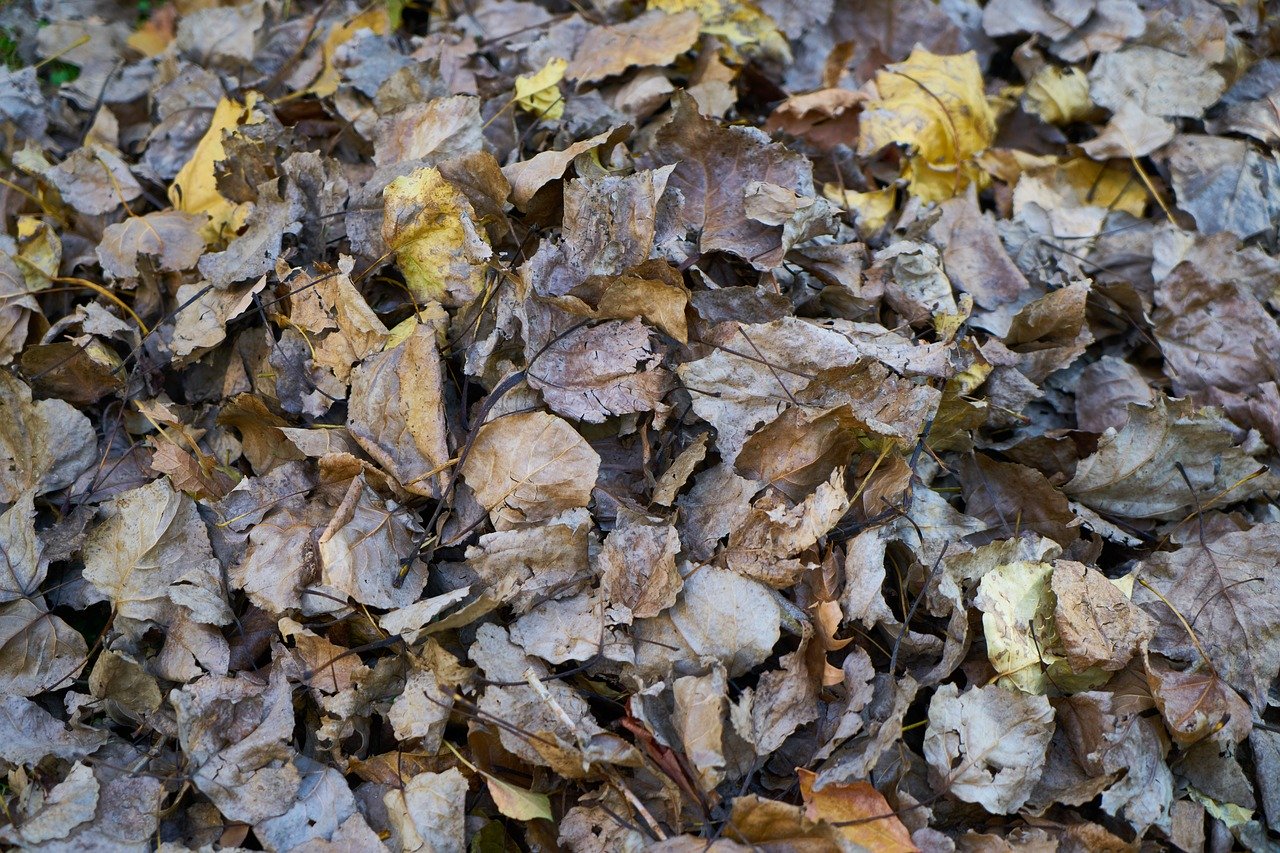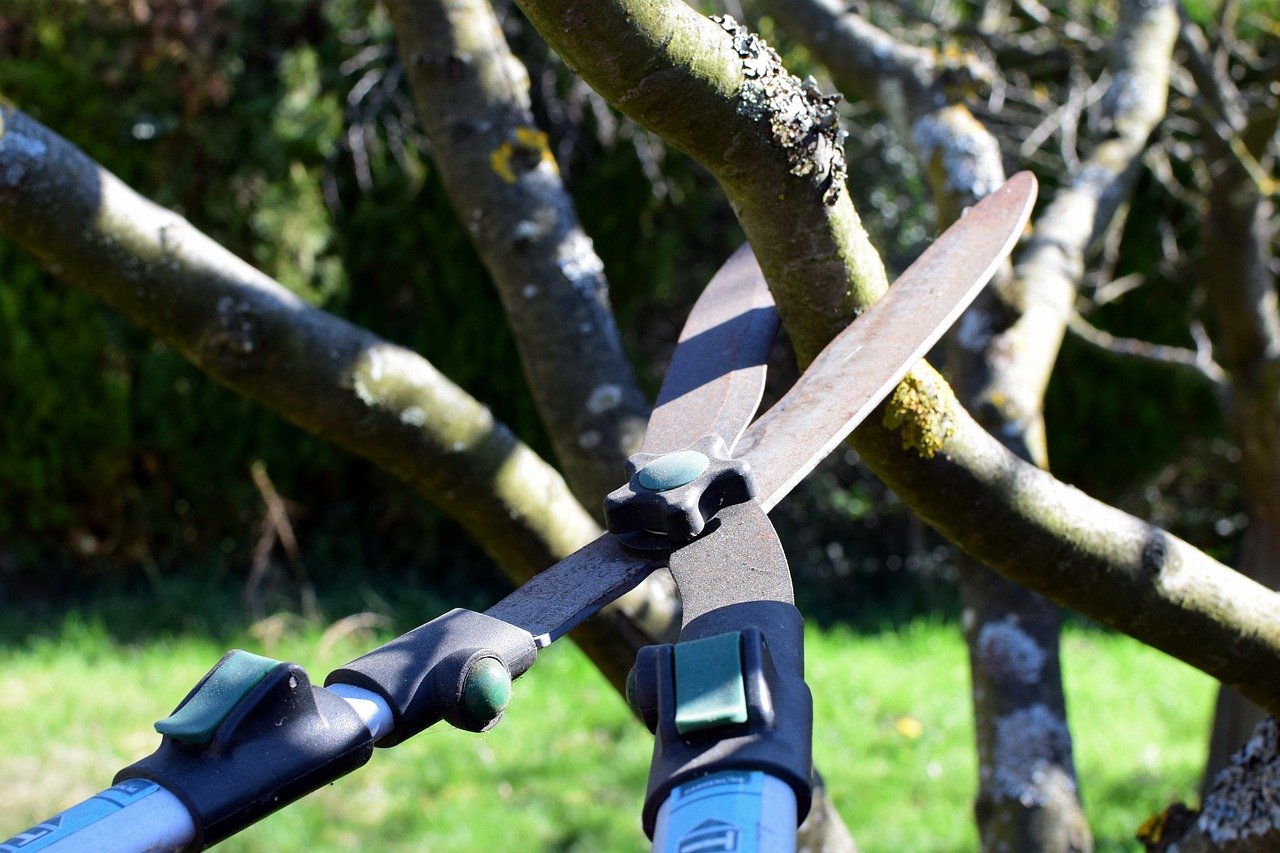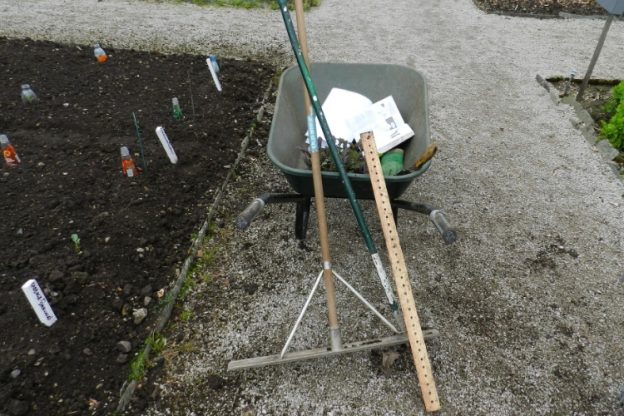How to tidy up your garden before winter comes? How not to miss anything, but at the same time get rid of unnecessary hassle? We have made a detailed plan! Our list will help you put everything on the shelves and minimize the time wasted.
Removing foliage

To clean or not to clean? That is the question for budding gardeners. Opinions are divided. Some experts say: fallen leaves protect the root system, so it is not worth raking it from the site. Advocates of careful autumn harvesting suggest using rotten leaves to fertilize the soil. To do this, collect moss, dry grass, tops and leaves and make a compost heap. The only condition is that the trees must be healthy. If they are infected with something, the leaves must be collected and destroyed. As well as fallen or rotten fruits left on the branches. It is very difficult to put in order the site without special tools. Therefore, we stock up on everything you need!
Garden cleaning equipment
We remove the site with ease and minimum time. Modern household appliances come to the rescue. It makes it much easier to care for lawns, flower beds and paths.
- We use best leaf blowers and garden vacuums to carefully collect leaves and small plant residues. Blowers, as the name suggests, blow out a stream of air. This allows you to collect fallen leaves in piles and then compost them. Some models are equipped with bags. Their principle of operation is the same as that of garden vacuum cleaners – all debris is drawn in.
- We dispose of small branches, foliage, grass, using garden shredders.
Garden rake
Needed for cleaning the garden from dry grass and leaves. They are very convenient for working in hard-to-reach places under trees or bushes. On sale – models with flat or round teeth, they do not damage young plants and grass cover.
Pruning fruit trees

We do this only in dry weather and certainly before severe frosts. If pruning is performed at temperatures below –10 ° C, the wood will crack and the tree may die.
- First of all, we free the trees from sick, broken, dry branches. We also get rid of the branches growing inside the crown. We try to make the cut as smooth and even as possible. After trimming, we protect the cut site and process it, for example, with a solution of copper sulfate (1 tsp per 1 liter of water), and then with a garden pitch.
- We look for lichens, moss and dead bark on the trunks and remove them immediately. Indeed, it is in such places that pests winter.
- Are there trapping belts on the trees? We shoot. We burn disposable, and wash and hide the reusable ones until the onset of heat.
Again, we need an arsenal of special tools.
The most popular are hedge trimmers, loppers and shears
- Loppers and pruners (garden shears) will help you cut the branches. If only young trees are growing in the garden, one of these tools will suffice for the job.
- With the help of hedge trimmers, shrubs are cut, hedges are looked after. You can buy manual, electric, gasoline and battery models.
- Where the pruner fails, you will need garden saws and hacksaws. Even the thick branches are in their teeth. These tools will make a neat cut without damaging healthy wood.
We cover plants for the winter
Roses, vines, grafting of standard plants and many others need shelter. The choice of covering material depends on the characteristics of a particular plant, climate, weather forecast for the winter. Gardeners use spruce branches, ordinary straw, burlap, as well as special modern materials. Do not forget about mulching, covering the soil surface. This is especially needed by the trunks of fruit trees prone to freezing.
We fight pests and protect plants
- We get rid of fungal formations, powdery mildew, scab, spores of pathogenic microbes – in October we spray tree trunks with fungicide preparations.
- With the onset of stable frosts, we tie the young trees with cut branches of blackberries, raspberries, tar paper, spruce branches or a net. This will protect them from rodents.
- We are whitewashing trees, covering the entire lower part of the trunk with a special compound. This will protect plants from damage by insect pests, protect against diseases, the appearance of frost damage (tissue rupture), arising from the difference in day and night temperatures in February. We carry out this type of work in October-November only after careful removal of dead bark and moss.
Fertilize
We feed the garden in October. And at the same time we dig up the soil around the trunks. This will allow the root system to breathe, and also destroy the wintering of pests. Which fertilizers to choose, organic or mineral, is up to you, but you must do it. If the soil becomes scarce, you will only have to dream about harvests. All information about the rules of fertilization is on the package. The indicated dose should not be increased: it is better to underfeed than to fertilize in excess.
Mineral
Mineral fertilizers for autumn use should contain a minimum amount of nitrogen, but calcium, potassium and phosphorus are needed in sufficient quantities. To find out that these are exactly the fertilizers that are needed, the inscription “autumn” on the package will help.
Organic
If you only prefer organic food as a top dressing, also do not forget about the norms.
